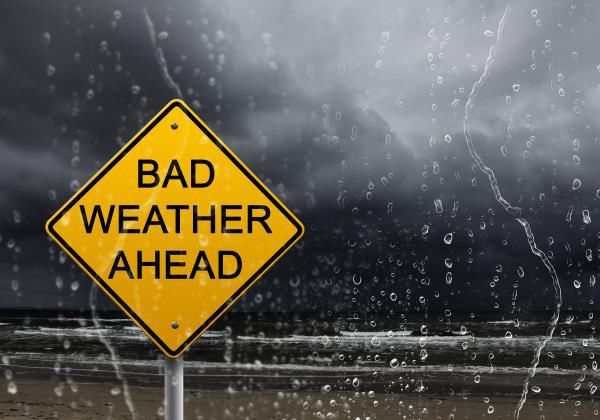
(StatePoint) Wicked weather can happen anytime, anywhere. Being prepared will offer you, your family and your home greater protection. Here is what to know.
Take Shelter
Oftentimes, the safest place to be during a storm is at home or in a designated shelter, depending on the storm’s severity. That said, it’s important to know more about how your home was constructed. Keep in mind that new homes are subject to regional safety standards to help ensure they can stand up to extreme conditions likely to occur in the area. So, if you live in an older home, consider retrofitting it with newer products that are more resistant to high winds.
If you live in a manufactured home, you can rest easier knowing that your home was subject to robust compliance and quality assurance regulations enacted by the federal government in 1976, and was engineered for wind safety and energy efficiency based on the geographic region in which you bought it.
Even so, proper installation is crucial for maximum safety, including additional structures added by the homeowner, such as an awning, deck, carport or sunroom. Indeed, a 2014 Insurance Institute for Business & Home Safety test found that newer manufactured homes performed better at high winds than traditional-built homes when attached structures are properly installed.
The Manufactured Housing Institute (MHI) says the building design criteria and anchoring systems for modern manufactured homes allow them to perform better in a storm than ones built before 1976, and that federal wind standards became even stronger in 1994.
It’s also a good idea to have a professional check the anchoring system on an older manufactured home, especially one built prior to 1976. If you live in a manufactured home land-lease community, contact your community manager for assistance with identifying a qualified inspector. If your manufactured home is located on private property, a local licensed manufactured home installer can be hired to inspect the home’s anchoring and tie-down system. To learn more, visit manufacturedhousing.org.
Get Stocked Up
Taking shelter in a storm is easier when you are equipped to do so. Maintain a well-stocked supply of non-perishable food items, fresh water, batteries and a first aid kit.
It may also be wise to purchase a generator, however it’s crucial to follow the manufacturer’s safety instructions and to never operate the generator in an enclosed space.
Tune In
Listen to local news to get the latest weather updates and safety instructions. Keep a battery-operated radio handy so you can stay up-to-date even if the power should go out for a long period.
Today’s weather forecasting technologies often provide advance notice of weather patterns capable of producing conditions such as severe wind and tornadoes, so you can know whether it’s time to seek shelter in the basement or evacuate the area. If a home, site-built or manufactured, does not have a below-ground basement, have a plan in place to seek below-ground or other appropriate shelter nearby when necessary. It’s also important to follow evacuation orders when issued.
While a storm is not preventable, being unprepared for one is.
Photo Credit: (c) Sergey Nivens – Fotolia.com






